- Joined
- Jan 7, 2009
- Messages
- 10,479
Re: Article: Over Grading of Blue Fluorescent Diamonds Revis
Garry – I will be happy to provide more specifics about the lighting soon.
Let me throw this out there: if we all feel that fluorescent diamonds are being treated unfairly in the market , how does this study help?
Can we all agree that no matter what we discuss here, or no matter how many studies Michael performs, GIA is not going to change its practices because of this.
To me, the solution would be to debunk a study like this, and clarify the issue.
Michael – I deal with consumers every single day. They are very confused about florescence, so they just tend to avoid. This study does nothing to go against the misimpressions about florescence- just the opposite.
Beyond everything else, this is my biggest objection to it.
Here's a great example – the two stones I photographed were obtained for a family friend.
The guy ( who we are not close to) is coming to us to buy a ring for someone who is very close to our family – the recipient.
Between the two stones, the strong blue stone is without a doubt the better purchase in this particular situation. I can say this because I know the recipient and what she wants. And I'm looking at the diamonds.
The guy: "well, I'm concerned that one of her friends might make a bad comment about the florescence."
For this reason our friend will probably end up getting a 2 carat diamond, instead of a 2.60 carat diamond. For no other reason than the fact that florescence is widely misunderstood.
And knowing the recipient, I am quite sure she would prefer a larger diamond.
The point is, for those of us in the trenches – dealing with consumers every day – a study like this is misinformation more than anything else.
Garry – I will be happy to provide more specifics about the lighting soon.
Let me throw this out there: if we all feel that fluorescent diamonds are being treated unfairly in the market , how does this study help?
Can we all agree that no matter what we discuss here, or no matter how many studies Michael performs, GIA is not going to change its practices because of this.
To me, the solution would be to debunk a study like this, and clarify the issue.
Michael – I deal with consumers every single day. They are very confused about florescence, so they just tend to avoid. This study does nothing to go against the misimpressions about florescence- just the opposite.
Beyond everything else, this is my biggest objection to it.
Here's a great example – the two stones I photographed were obtained for a family friend.
The guy ( who we are not close to) is coming to us to buy a ring for someone who is very close to our family – the recipient.
Between the two stones, the strong blue stone is without a doubt the better purchase in this particular situation. I can say this because I know the recipient and what she wants. And I'm looking at the diamonds.
The guy: "well, I'm concerned that one of her friends might make a bad comment about the florescence."
For this reason our friend will probably end up getting a 2 carat diamond, instead of a 2.60 carat diamond. For no other reason than the fact that florescence is widely misunderstood.
And knowing the recipient, I am quite sure she would prefer a larger diamond.
The point is, for those of us in the trenches – dealing with consumers every day – a study like this is misinformation more than anything else.

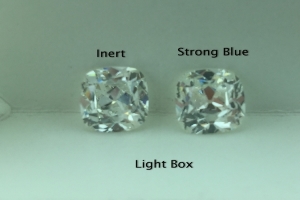
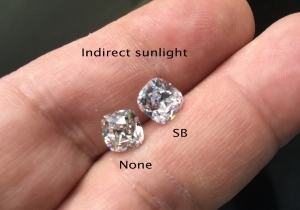
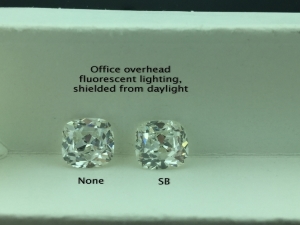
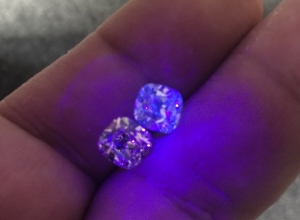
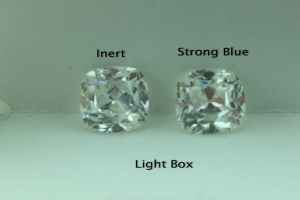
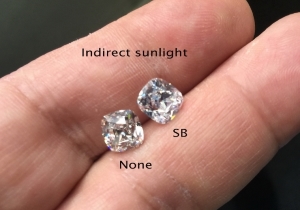
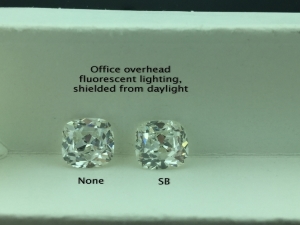
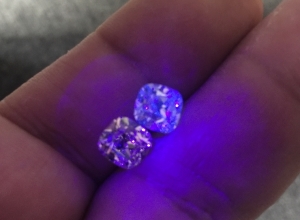
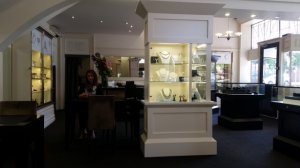
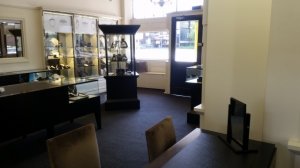
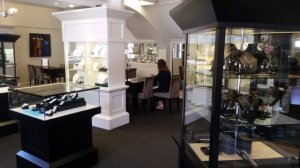
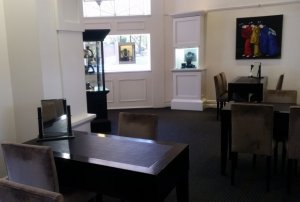


300x240.png)